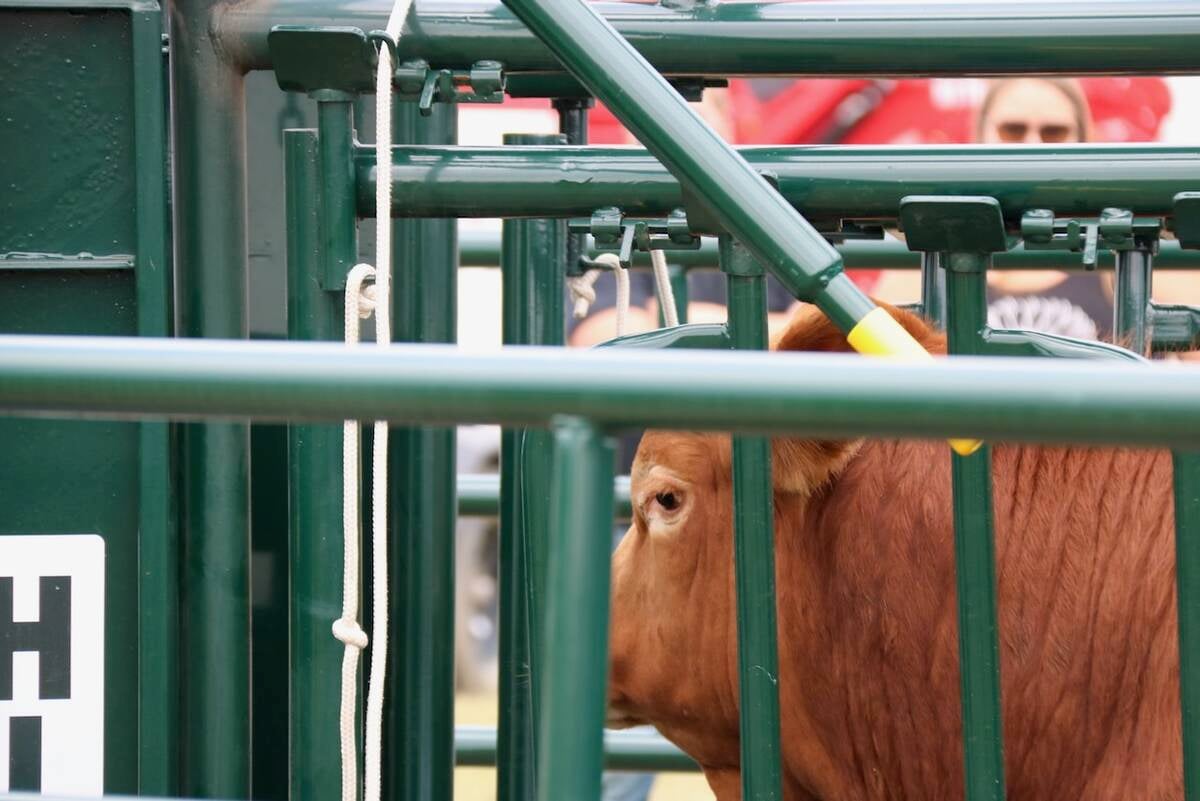Darryl Gibb of HiPro Feeds estimates that one million tonnes of screenings are produced in Western Canada each year and used in livestock rations.
The cheaper feed suits producers’ economics, but the content of those screenings requires more scrutiny.
Near infrared (NIR) analysis provided answers.
Gibb told those at a March 14 NIR workshop in Lethbridge about a project he undertook to estimate the energy content of screenings.
“Energy is the heavy hitter of the nutrients that we feed to all animals,” he said.
Read Also

Good handling equipment a must on cattle operations
It’s important for the safety of producers and everyone else dealing with their stock that handling equipment is functional and safe.
“Theoretically and ideally, if we can get a firm handle on how much energy is in a product, we can rapidly establish its value,” he said.
“In the past few years, we’ve seen some pretty erratic changes in ingredient prices, and we’ve seen a lot more use of some of the byproducts.”
Gibb said most pellets made from screenings are marketed as high fat, but their fat content is typically five to 12 percent. Higher fat makes them more valuable, so establishing true content also helps establish price.
“That’s where NIR comes in,” he said.
“I figured screenings were a prime candidate that would work very well with NIR because there’s lot of variation, and so a calibration curve could easily be built for screenings.”
He and his project team accumulated more than 100 samples of screenings from feedlots and suppliers. They scanned the samples using NIR and also sent them for wet chemistry analysis.
The value on one set of samples ranged from $138 to $232 per tonne, based on current barley prices. A second set ranged from $110 to $179.
Gibb said those wide ranges show the value of the quick feed analysis that NIR can provide. One feedlot used the information from that study to develop a fee schedule based on oil content in screenings.
Gibb concluded that NIR provided accurate results in determining fat and protein content in screenings but was less successful in measuring starch and fibre.
However, he said animal performance in feeding trials showed that NIR was excellent at determining energy content in low-energy screening pellets and underestimated the energy content of high-energy pellets.















